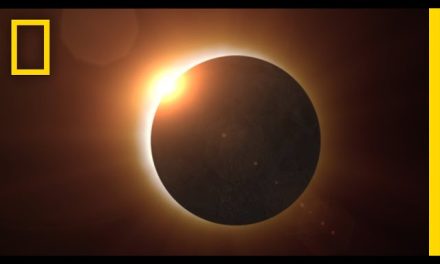A Cosmic Symphony: Unraveling the History of Meteors
Meteors, those fleeting streaks of light that grace our night skies, have fascinated humanity for millennia. These celestial phenomena, often referred to as “shooting stars,” have a rich and captivating history that spans cultures, religions, and scientific inquiry. In this article, we will embark on a journey through time to explore the history of meteors, from ancient myths and beliefs to our modern scientific understanding of these cosmic visitors.
Ancient Myths and Beliefs
Long before modern science explained the true nature of meteors, ancient civilizations gazed upon these luminous trails with awe and wonder. In various cultures, meteors were often seen as omens or messages from the gods. Here are some notable examples:
- Greek Mythology: In ancient Greece, meteors were associated with the goddess Persephone, who was believed to ascend to the Earth during meteor showers to visit her mother, Demeter. This connection led to the term “Perseids” for the annual meteor shower in August.
- Chinese Astronomy: Chinese astronomers meticulously recorded meteor showers and comets as early as 300 BC. They believed that meteors were messages from heaven, and the appearance of a meteor was often interpreted as a sign of significant events on Earth.
- Islamic Astronomy: Islamic scholars like Ibn Sina (Avicenna) made early attempts to explain the nature of meteors. They believed that meteors were atmospheric phenomena caused by the ignition of gases, a theory that foreshadowed the scientific understanding of meteors.
Scientific Inquiry and Enlightenment
As humanity’s understanding of the cosmos advanced, so did our comprehension of meteors. During the Enlightenment period in Europe, scientists and philosophers began to question the supernatural explanations of meteors and sought more rational answers.
- Edmond Halley: The famous astronomer Edmond Halley, known for his prediction of the return of Halley’s Comet, was one of the first to suggest that meteors were not atmospheric phenomena but rather extraterrestrial in origin. He proposed that meteors were objects from space that entered Earth’s atmosphere.
- Ernst Chladni: In the late 18th century, Ernst Chladni, a German physicist, made significant contributions to the understanding of meteorites. He suggested that meteorites were remnants of celestial bodies that had exploded in the Earth’s atmosphere.
Modern Scientific Understanding
The 19th and 20th centuries brought about revolutionary discoveries in meteor science. Here are some key developments:
- Meteoroids, Meteors, and Meteorites: Scientists distinguished between meteoroids (small rocks in space), meteors (the streaks of light produced when meteoroids enter Earth’s atmosphere), and meteorites (the remnants that reach the Earth’s surface). This classification helped clarify the stages of a meteor’s journey.
- Meteor Showers: Astronomers like Giovanni Schiaparelli and Ernst Tempel identified the recurring nature of meteor showers, associating them with the debris left behind by comets. Today, we understand that meteor showers occur when Earth passes through the dust and debris trails of comets, such as the Perseids, associated with Comet Swift-Tuttle.
-
Meteoroid Impact Threat: The study of meteors also revealed the potential threat of larger meteoroids colliding with Earth. Events like the Tunguska explosion in 1908 and the Chelyabinsk meteor in 2013 underscored the need for continued research into tracking and mitigating potential impact hazards.
Conclusion
The history of meteors is a captivating journey from ancient beliefs and mythologies to our modern scientific understanding. These celestial phenomena continue to inspire wonder and curiosity among astronomers and stargazers alike. As we look to the future, the study of meteors will undoubtedly yield more insights into the origins of our solar system and the dynamic forces shaping the cosmos. Whether seen as omens from the gods or cosmic messengers, meteors remain a testament to the enduring human quest to comprehend the mysteries of the universe.
































South Florida Media Comments